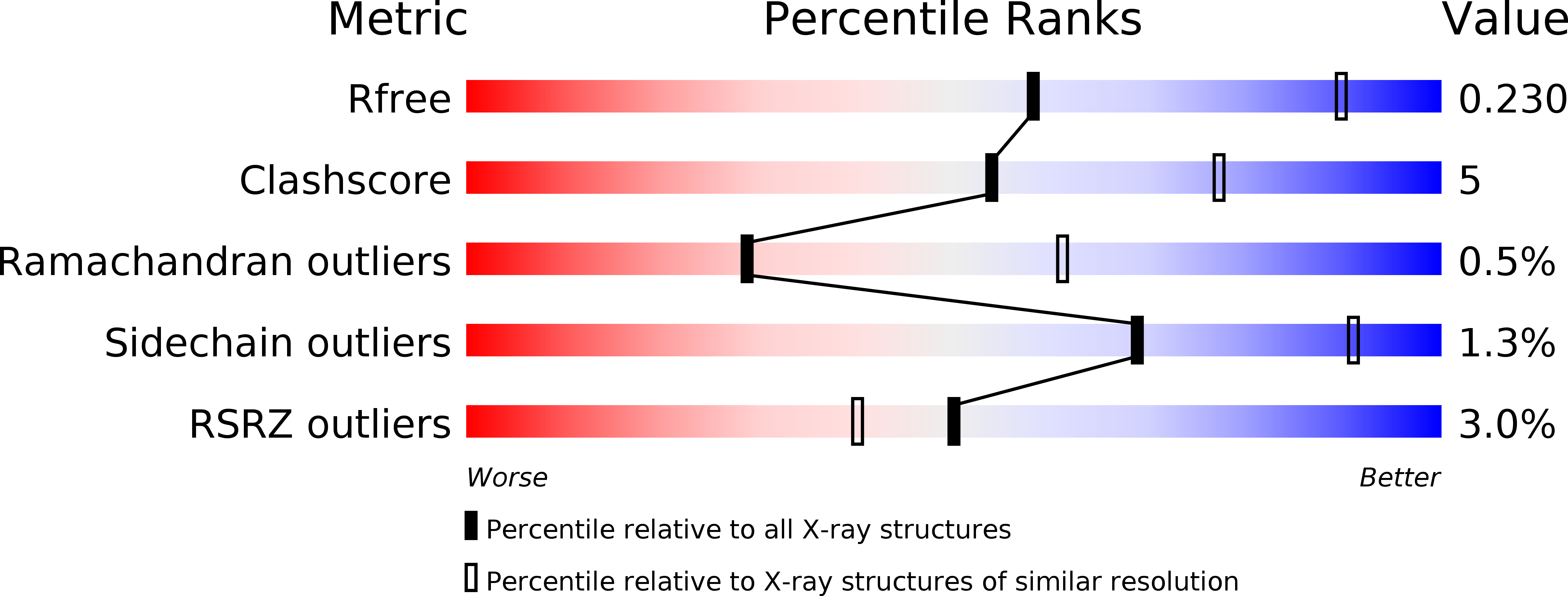
Deposition Date
2015-11-03
Release Date
2016-02-10
Last Version Date
2024-03-06
Entry Detail
PDB ID:
5EKG
Keywords:
Title:
Crystallization and X-ray Diffraction Data Collection of Importin-alpha from Mus musculus Complexed with a XPG NLS Peptide, fragment 2
Biological Source:
Source Organism:
Mus musculus (Taxon ID: 10090)
synthetic construct (Taxon ID: 32630)
synthetic construct (Taxon ID: 32630)
Host Organism:
Method Details:
Experimental Method:
Resolution:
2.80 Å
R-Value Free:
0.22
R-Value Work:
0.18
R-Value Observed:
0.18
Space Group:
P 21 21 21


